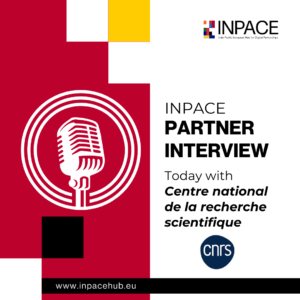
Please briefly introduce your organization.
The INSIS department of Centre national de la recherche scientifique (CNRS) is the Institute of Engineering and Systems Sciences (17,000 people), and covers 4 research areas: energy, environment, health, information and communication technologies. The IMEP-LAHC/CROMA Laboratory, which is directly involved in the project, is the Center for radiofrequencies, optics and micro-nanoelectronics (120 people), and is very active in many EU projects, specifically in the involvement and coordination part. CNRS has also developed joint labs with international partners, especially with Japan and Singapore in the ICT field.
What is your organization’s role in the project? What unique contribution does it bring to the team?
CNRS is leading cluster 4 with the SINANO institute dedicated to «Enabling technologies – Chips for the future», with 3 Thematic Working Groups (TWGs): Advanced computing, Advanced functionalities, Ground-breaking technologies.
How do you think INPACE will contribute to the digital landscape in the EU and Asia?
INPACE will contribute to the digital landscape with the following activities:
- Reinforcing international collaboration, exchanges, experience and best practices in the field
- Advancing skills for the semiconductor industry
- Strengthening research and development
- Promoting semiconductor manufacturing
- Resilience of the semiconductor value chain (materials, technologies, R&D…)
- Speeding up technological innovation and develop the semiconductor ecosystem
How can the EU and Asia strategically collaborate to forge impactful partnerships that foster innovation in the digital space on a global scale?
The strategic collaboration between EU and Indo/Pacific will lead to:
- Long term R&D international cooperation
- Strengthening of EU and Indo/Pacific technologies and industries
- Attracting students and researchers
- Resilience of the value chains
- Crisis management
